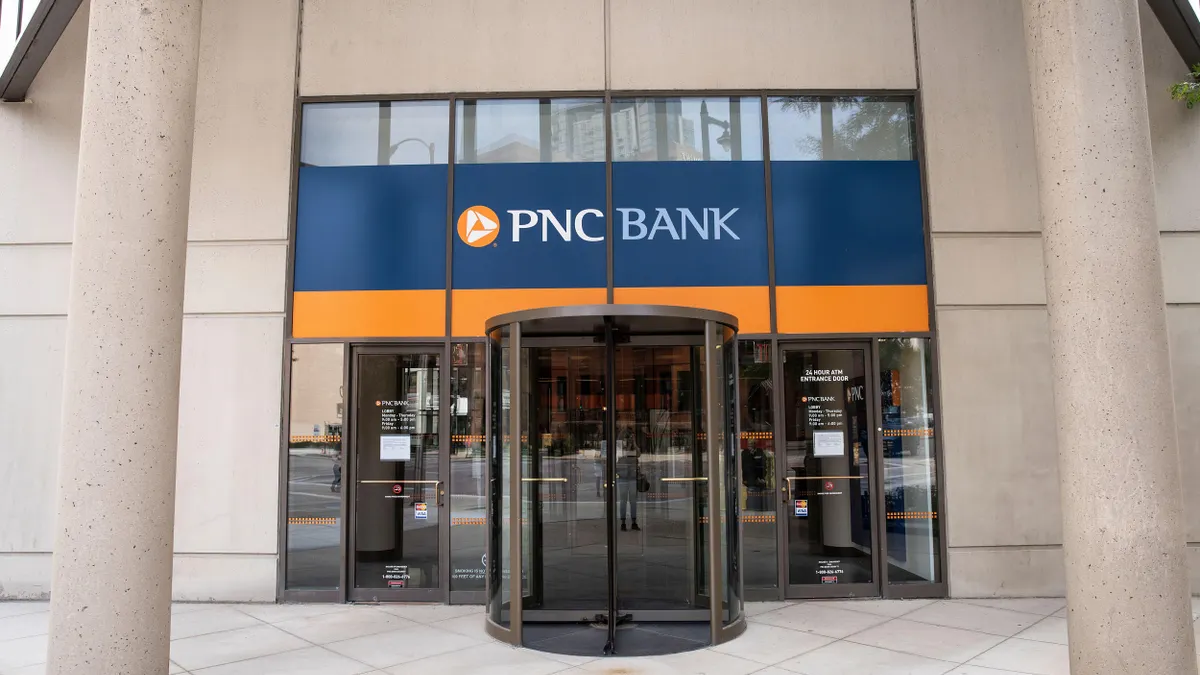The modern banking landscape is witnessing a flood of advancements powered by Artificial Intelligence (AI). These innovations, diverse and numerous, are already reshaping the banking industry from fraud detection to customer service. While the benefits are palpable, the sheer magnitude of options can sometimes prove overwhelming for decision-makers in the banking industry.
Banks face the challenge of discerning where and how to apply them. The effectiveness and future competitiveness of a bank will hinge upon making these critical decisions accurately and quickly.
Unlocking AI precision with Digital Twin
Accuracy and security are non-negotiable in the banking space, as banks are in the business of handling large amounts of money and confidential customer information, but AI models have limitations due to their predictive, data-based approximation nature. However, when combined with the Digital Twin framework, AI can utilize its predictive and inferential capabilities while maintaining the required standards of accuracy and security.
What is Digital Twin?
Inspired from manufacturing and vehicle design industries, Digital Twin is a digital mirror replicating a system or process in a simulated realistic environment. By using Digital Twin, AI can learn to precisely deal with specific scenarios, test strategies and calculate the full potential universe of outcomes.
- Enhanced realism and accuracy: AI-driven insights are now grounded in realistic scenarios and precisely testable in a simulated environment.
- More complex predictive analysis and deeper understanding: Companies can develop a nuanced, probabilistic view of possible outcomes instead of more constrained traditional analyses (e.g. parallel basis point rate shocks for banks)
- Various scenario and sensitivity analysis: AIs and solutions can be calculated for various “what if” scenarios at will, offering unprecedented insight into the future for planning and strategy
Digital Twins show particular potential in financial risk analysis and management, drawing from the extensive economic research and expertise accumulated over the past decades. Years of academic research have produced intricate financial models accurately representing complex economic scenarios. As these models benefit from data refined according to rigorous criteria and progress with further new insights, the AI models are adjusted or re-trained accordingly.
Case in point: Delfi
Financial risk management in banking is currently entering a new phase of increased complexity, especially due to recent unexpected changes in the interest rate environment and a new era of uncertainty. Thus, risk management and hedging in banking will benefit enormously from the combination of AI and digital twins. Delfi's approach is a testament to this, offering a combined Digital Twin/AI solution for risk management.
Traditional parallel rate shock analysis

The graph above shows an example of the potential impact of digital twin/AI solutions on banks' balance sheets. It reflects a typical analysis in asset-liability management space: a series of performance evaluations based on parallel rate shocks, that is, where the entire yield curve moves up or down by a constant number of basis points (e.g. +/- 200). The example in this graph shows that a 400 basis point increase in the overall yield curve would yield a combined net interest income and change in security value of USD 45 million.
Despite the unrealistic nature of this output in practice, the analysis has historically provided a tractable perspective on the potential exposure and performance indicators of certain financial institutions.
AI + Digital Twin analysis

The above shows the first step of Delfi’s output: a probability distribution showing the likelihood of potential outcomes across the entire universe of realistic yield curve evolutions. The black lines are point evaluations of parallel shock scenarios. It is clearly visible that the parallel shock calculations are actually fairly clustered on the top end. Not only does this traditional analysis not offer any probability estimates of performance, a reader of the parallel rate shock modeling might come to the false conclusion that potential outcomes are actually fairly tightly distributed and overestimate their performance and underestimate their risk exposure. With a Delfi-like combination of Digital Twin and AI models, bank and financial institution managers can gain unprecedented insight into the future and are able to plan accordingly.
AI hedging
Delfi’s AI can even parse the universe of derivatives and calculate the best option to actually mitigate risks.

The above shows two histograms superimposed: the gray “before” scenario showing the universe of potential outcomes without any intervention, and the gold “after” scenario showing the range of potential outcomes with Delfi’s AI recommendations. Outcomes are significantly less volatile while actually increasing the average level of performance.
In addition, backtesting becomes straightforward with Digital Twin and AI combined solution. For example, when it is applied to Silicon Valley Bank’s balance sheet as of 2021, Delfi’s in-house AI recommended hedging solutions that would have converted a $2 billion loss into a $3.5 billion gain.
As banks look to the future, the strategic integration of AI and Digital Twin models will provide banks with the accuracy and foresight needed to navigate the ever-evolving financial landscape.
Visit www.delfi.co and sign up for a free account where you can access the above demo data and experience the power of Delfi’s solution in real time.










